Impact of Climate Change on Building Regulations in Canada
Climate change is transforming the way we live, work, and build. With rising temperatures, increased frequency of extreme weather events, and shifting environmental patterns, Canada is feeling the impacts of climate change in ways that are challenging building infrastructure and standards. To adapt to these evolving conditions, Canadian building regulations are becoming more stringent, incorporating climate resilience, energy efficiency, and sustainability into their frameworks. This article will explore the impact of climate change on building regulations in Canada and outline the key ways in which the construction industry is adapting to these new challenges.

The Growing Impact of Climate Change in Canada
Canada is witnessing the direct effects of climate change through various phenomena, including:
- Rising temperatures: Average temperatures in Canada are increasing at twice the global rate, with northern regions experiencing even more drastic warming. This shift impacts building energy consumption, water management, and structural resilience.
- Increased frequency of extreme weather events: Canada is facing more frequent and intense storms, floods, wildfires, and heatwaves, which are putting pressure on existing infrastructure.
- Melting permafrost: In the northern parts of Canada, permafrost is thawing, destabilizing buildings, roads, and other infrastructure.
- Rising sea levels: Coastal regions are at risk of flooding due to rising sea levels, which threaten both residential and commercial structures near shorelines.
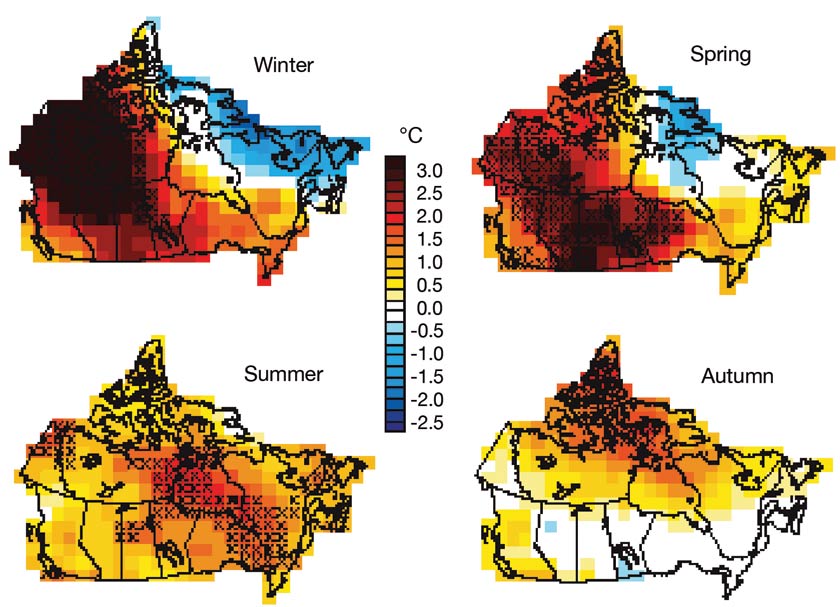
These challenges have forced the construction industry and regulatory bodies to rethink how buildings are designed, constructed, and maintained to better withstand the effects of climate change.
Key Areas of Building Regulation Affected by Climate Change
To address the risks posed by climate change, building regulations across Canada are evolving to incorporate measures that enhance the resilience, energy efficiency, and sustainability of structures. The following are some key areas of building regulations that have been directly impacted by climate change.
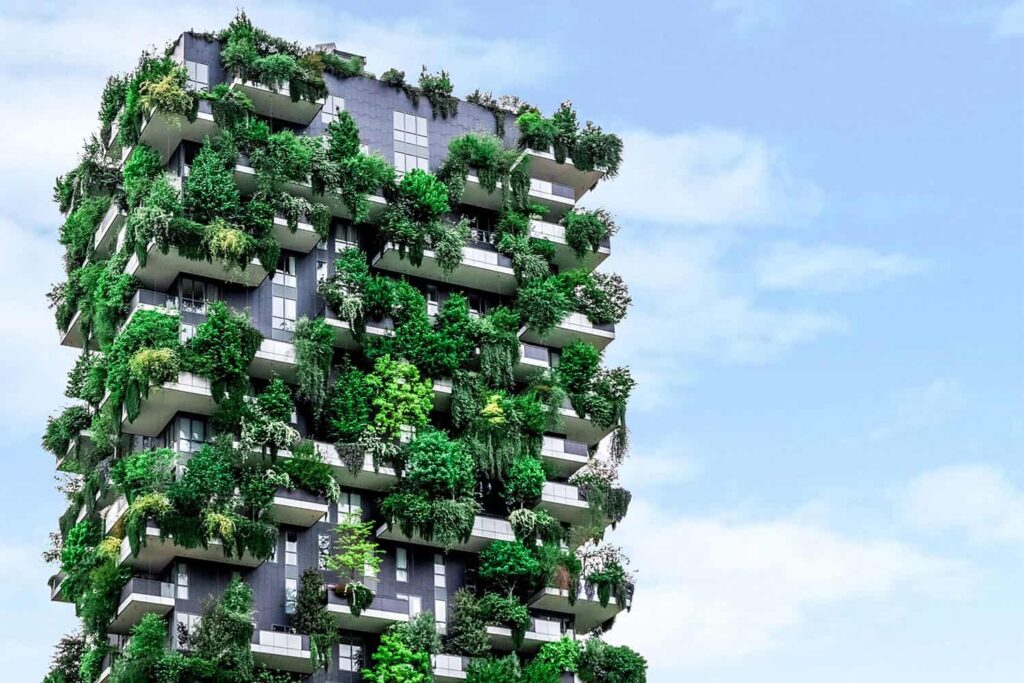
1. Energy Efficiency Standards
With rising temperatures and changing weather patterns, buildings must become more energy efficient to reduce the strain on heating and cooling systems. Canada’s National Energy Code for Buildings (NECB) and provincial energy codes are being updated to reflect the need for higher energy performance in buildings.
Energy-efficient building designs reduce greenhouse gas emissions and help meet Canada’s targets for carbon reduction. These standards focus on improving the building envelope (walls, windows, insulation, and roofs), reducing air leakage, and using energy-efficient heating, ventilation, and air conditioning (HVAC) systems. In provinces like British Columbia and Ontario, stricter energy codes are being enforced to ensure that new buildings meet higher levels of efficiency.
2. Flood and Storm Resilience
As extreme weather events become more frequent, building regulations are placing a greater emphasis on flood and storm resilience. This is especially important in areas prone to heavy rainfall, flooding, and high winds.
Some key regulatory changes include:
- Stronger foundation and drainage requirements: Buildings in flood-prone areas must now include more robust foundations, drainage systems, and flood-proofing measures to prevent water damage.
- Stormwater management systems: Regulations now require the incorporation of effective stormwater management systems to control runoff and prevent urban flooding. Green infrastructure solutions like permeable pavement, bioswales, and green roofs are encouraged in both new and existing buildings to manage excess water.
- Wind-resistant structures: In regions susceptible to strong winds and hurricanes, building codes now include requirements for wind-resistant materials and designs, such as reinforced walls, roofs, and windows that can withstand high wind pressures.
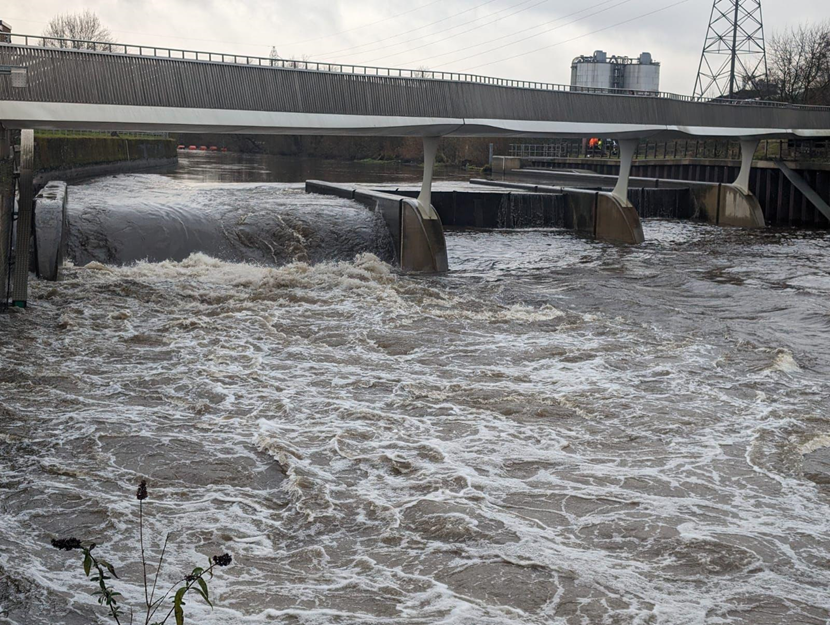
The National Building Code of Canada (NBC) is continuously being updated to integrate these new climate resilience measures, ensuring that buildings are constructed to handle more severe weather conditions.
3. Wildfire Protection
In recent years, wildfires have devastated parts of western Canada, particularly in British Columbia and Alberta. To mitigate the risk of wildfires destroying homes and buildings, building regulations in fire-prone areas are being updated with stricter fire safety standards.
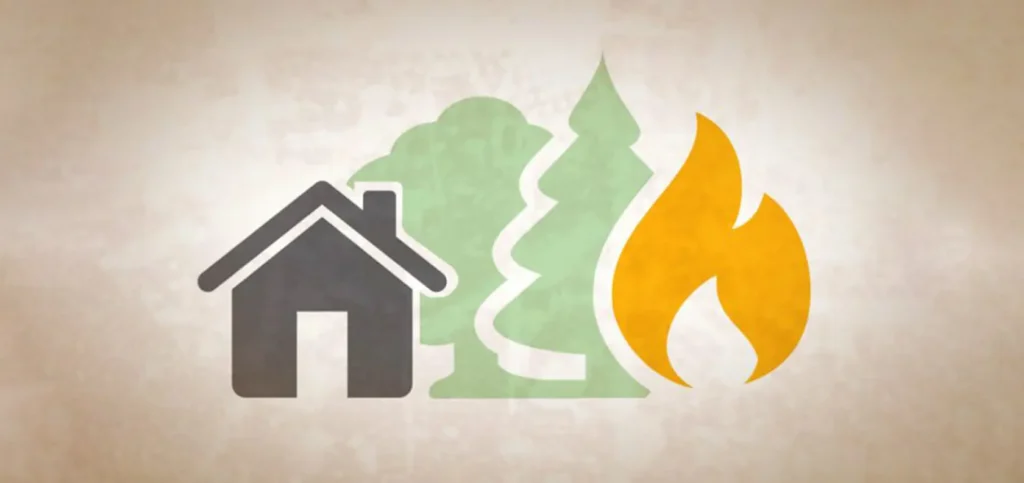
Some of the new requirements include:
- Fire-resistant materials: Building codes now emphasize the use of fire-resistant roofing materials, exterior siding, and decking to reduce the risk of fire spreading to buildings.
- Defensible space requirements: Regulations may require the creation of defensible space around buildings in wildfire-prone areas. This includes clearing vegetation and maintaining buffer zones to prevent fire from reaching the structure.
- Enhanced fire suppression systems: Buildings in high-risk zones must include advanced fire suppression systems, such as sprinklers and fire alarms, to quickly detect and control fires before they spread.
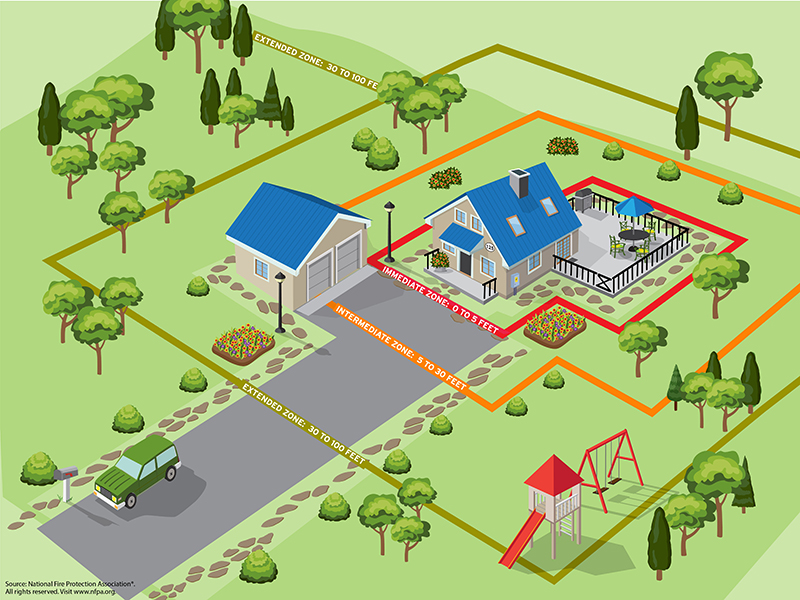
4. Building for Extreme Heat
As heatwaves become more common, building regulations are adapting to ensure that buildings can maintain comfortable temperatures without excessive energy use. This is particularly important in urban areas, where the urban heat island effect can exacerbate temperature increases.
New regulations address several key areas to improve heat resilience:
- Cool roofing materials: Buildings must now incorporate roofing materials that reflect more sunlight and absorb less heat, reducing indoor temperatures and lowering the need for air conditioning.
- Improved insulation and ventilation: Building codes are updating requirements for insulation and ventilation systems to maintain cooler indoor environments during heatwaves. This includes natural ventilation designs and the use of shading systems to reduce heat gain.
- Energy-efficient cooling systems: HVAC systems must meet higher energy efficiency standards, ensuring that they can provide cooling without using excessive energy. In some provinces, regulations also encourage the installation of passive cooling systems, such as cross-ventilation and thermal mass, which help reduce indoor temperatures without mechanical cooling.
5. Permafrost Protection in Northern Regions
In Canada’s northern regions, buildings and infrastructure are built on permafrost—permanently frozen ground that provides a stable foundation. However, as climate change causes permafrost to thaw, buildings in these areas are at risk of shifting, sinking, or collapsing.
To address this challenge, building regulations in northern Canada are evolving to include guidelines for:
- Adjustable foundations: New foundation designs are being introduced to adapt to shifting permafrost, such as adjustable or raised foundations that can account for changes in the ground.
- Monitoring systems: Buildings in northern regions may be required to include systems that monitor the stability of the ground and detect early signs of permafrost thaw, allowing for timely repairs and adjustments.
Provincial and Municipal Responses to Climate Change
While the federal government sets overarching guidelines through the NBC and NECB, many provinces and municipalities have implemented their own building codes and regulations to address climate change at the local level.
1. British Columbia’s Energy Step Code
British Columbia is leading the charge on climate-resilient buildings with its Energy Step Code, a voluntary performance-based code that encourages builders to go beyond the minimum energy efficiency standards. The Step Code sets out a series of energy performance targets, with higher “steps” requiring greater energy efficiency.
The Energy Step Code is aligned with the province’s goal of achieving net-zero energy-ready buildings by 2032, meaning that buildings will need to be highly energy efficient, with the ability to generate as much energy as they consume on-site.
2. Toronto’s Green Standard
The City of Toronto has implemented the Toronto Green Standard (TGS), which sets performance measures for sustainable site and building design. The TGS includes requirements for energy efficiency, stormwater management, and reducing the urban heat island effect through the use of cool roofs, green roofs, and tree planting.
Toronto’s approach to climate resilience focuses on reducing greenhouse gas emissions from buildings and improving their ability to withstand extreme weather conditions.

Incentives and Support for Climate-Resilient Building
To encourage the adoption of climate-resilient building practices, various government programs offer incentives and support for builders and homeowners. Some of these programs include:
- Canada Greener Homes Grant: This federal program provides grants to homeowners for energy-efficient upgrades, including improved insulation, window replacements, and the installation of energy-efficient heating and cooling systems.
- Municipal Green Building Programs: Many cities and municipalities offer incentives for developers to adopt green building practices, such as tax breaks, rebates, or fast-tracked permitting for buildings that meet certain energy performance standards.
- Federal Infrastructure Funding: The Canadian government offers funding through programs like the Investing in Canada Infrastructure Program (ICIP) to support the development of climate-resilient infrastructure projects.
Conclusion
Climate change is reshaping building regulations in Canada, pushing the construction industry to adopt more sustainable and resilient practices. From energy-efficient designs and stormwater management systems to wildfire protection and permafrost adaptations, building codes are evolving to address the diverse challenges posed by a changing climate.
